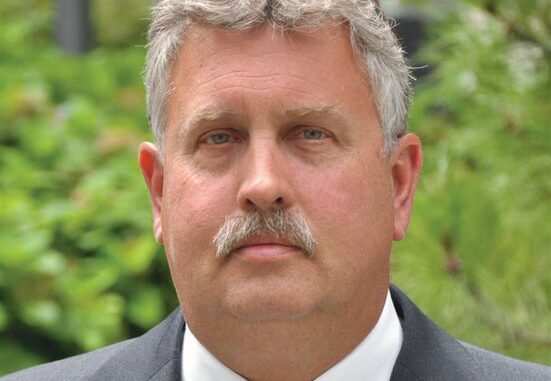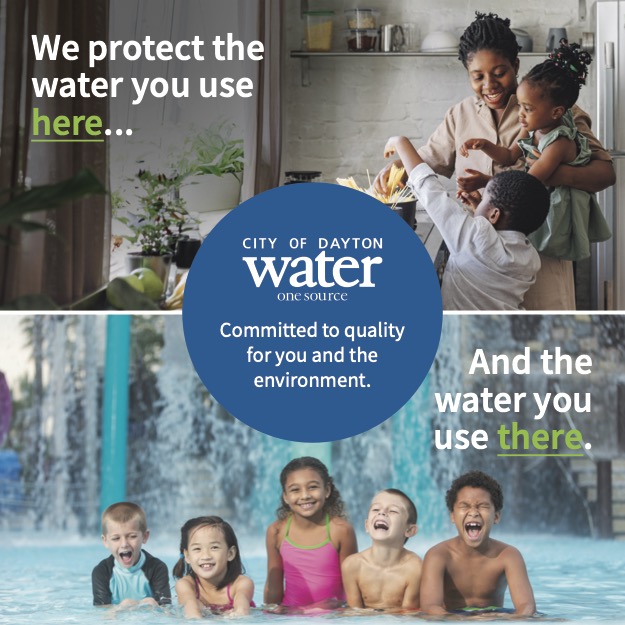
Craig K. Hebebrand of the American Society of Civil Engineers answers our questions on Ohio’s bridges, roads and more
By Terry Troy
Regardless of whether you sit on the right or left side of the aisle politically, few would argue against investing in our nation’s infrastructure. The debate seems to be over how one defines the word “infrastructure”—some extending its meaning to include items like childcare, schools and health care and other issues that are important, but more societal in nature. That debate is holding up real investment in things like bridges, roads, dams and levees that physically hold together our society and business.
The American Society of Civil Engineers’ latest report card gives our state an overall grade of C minus when it comes to physical infrastructure. So we asked Craig K. Hebebrand, president of the Ohio Council of Local Sections of the American Society of Civil Engineers, a few questions.
OB: First of all, do you agree with the C minus grade?
CH: A part of American Society of Civil Engineers’ (ASCE) mission is to protect the public health, safety and welfare. The Ohio Infrastructure Report Card was created as a public service for citizens and policymakers to provide a clearer picture of the infrastructure needs and conditions. ASCE volunteers spent more than a year interviewing owners, reviewing reports and condensing reams of data into an easy-to-read assessment of Ohio’s Civil Infrastructure Systems. The Report Card was peer reviewed by the ASCE’s Committee on America’s Infrastructure to ensure that the Ohio Report Card met ASCE’s high standards.
OB: How was the infrastructure graded?
CH: ASCE assessed 16 categories of Ohio’s infrastructure based on eight criteria and using a familiar school report card format. Grades for the 16 categories ranged from B for Rail to D for Roads, Transit and Levees, with an overall grade of C-.
OB: Can you give examples of infrastructure needs that need to be immediately addressed?
CH: Many of Ohio’s dams, levees, drinking water distribution systems and ports are approaching or have exceeded their design life expectancy. Ohio’s deficient dams need about $300 million for rehabilitation. Levee systems are nearly 50 years old and in need of risk assessments given that they provide flood risk reduction for more than 150,000 people and $27.5 billion in property.
Inland waterways need approximately $120 million to address critical maintenance over the next 15 years. Protecting Ohio’s water resources by managing stormwater run-off and improving water quality by sustained wastewater infrastructure improvement is of high priority, as surface water from Lake Erie and Ohio streams are the source of clean drinking water for many Ohioans.
Ohio’s Surface Transportation system of roads, bridges, rail, ports and inland waterways supports a diverse economy. Ohio’s roads and bridges carry the third highest freight volume and the sixth highest vehicle miles travelled in the nation. Continued investment is needed to ensure future economic competitiveness.
OB: How do infrastructure needs impact the overall economy?
CH: Infrastructure includes all facilities that serve aviation, bridges, communication, dams, drinking water, energy, hazardous waste, inland waterways, levees, ports, parks, rail, roads, schools, transit, solid waste, wastewater and other public and private facilities. Though often taken for granted, infrastructure is the foundation on which our national economy, global competitiveness and quality of life depends
OB: What should we look for in terms of federal government support?
CH: To close the $2.59 trillion 10-year investment gap, meet future needs and restore our global competitive advantage, we must increase investment from all levels of government and the private sector from 2.5% to 3.5% of U.S. Gross Domestic Product (GDP) by 2025.



